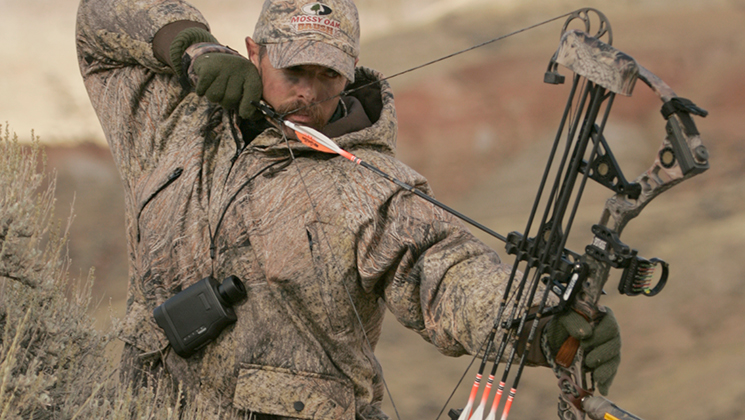Not many people talk of drift in their arrow builds but my 450gr arrows drift about 8'' in a good sidewind compared to my 590gr which we have out here in the mountain west.
Seems like more are worried about drop than wind drift and I really can't find anything really discussing that.
It was extreme this year above 8k feet and I did a lot of outdoor practice but didn't hunt this year due to being a new resident in CO. I want to kind of have a good reference for wind drift when I do..
if I'm talking silly let me know lol
Seems like more are worried about drop than wind drift and I really can't find anything really discussing that.
It was extreme this year above 8k feet and I did a lot of outdoor practice but didn't hunt this year due to being a new resident in CO. I want to kind of have a good reference for wind drift when I do..
if I'm talking silly let me know lol


